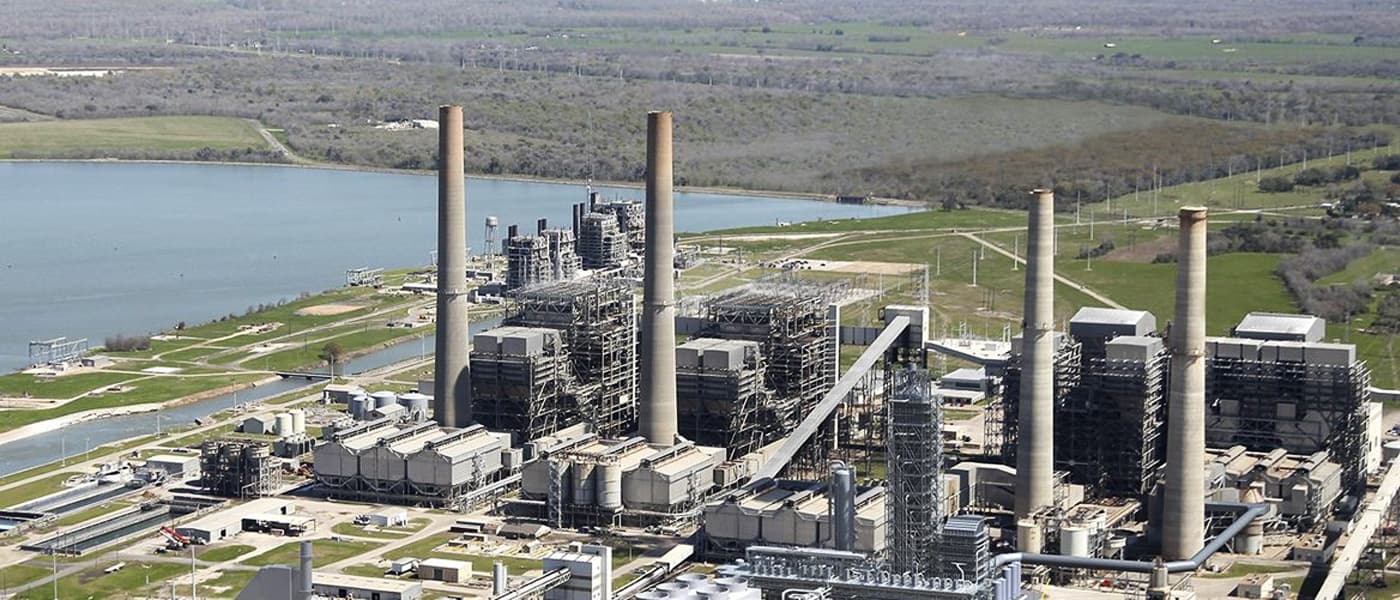Clean Technology
The Petra Nova system at the W.A. Parish Generating Station in Texas will be the largest coal power plant in the world when it fires up next year, according to a report from Scientific American. It is expected to capture 90% of the carbon dioxide from its exhaust gases. This is a breath of fresh air for an industry so admonished and blamed for the rising global greenhouse gas emissions.
Petra Nova isn't the first company to work toward cleaner ways of utilizing coal. Notably, the Kemper County Energy Facility project in Mississippi, once destined to "save the industry," is now a disappointing billion dollars over budget and years overdue.
What's different W.A. Parish is that, instead of putting forth experimental technology, they used long-established techniques that were revamped for the huge application. To boot, Petra Nova is wheeling out their cleaner technology on schedule and within budget.
They do it through a method called scrubbing – a way of "washing" the exhaust gas in a way that the carbon dioxide transfers to solvents and the particulate matter is sieved out. This way, it keeps the carbon dioxide from being released into the atmosphere, a vital mitigation to global warming and climate change.
“The technology we’re using is definitely evolutionary, not revolutionary,” said David Greeson, vice president for development at NRG Energy.
Energy Efficiency
Carbon capture approaches are imperative to how we harness energy, while reducing the negative impact on the Earth. These also mitigate meeting emission goals, such as those demanded by the Paris climate accord.
Scientific American reports that the captured carbon dioxide will be pumped out to fields in Jackson County, Texas, where it will be used to recover oil from depleted wells. Drillers estimate that the field holds 60 million barrels that could be recovered. The gas isn't just kept from harming the atmosphere, it will be used to tap into more energy sources.
“We believe that coal plants are an important part of the energy mix of the United States,” said Greeson. “Our challenge, then, is to mitigate the environmental impacts.”
Share This Article
